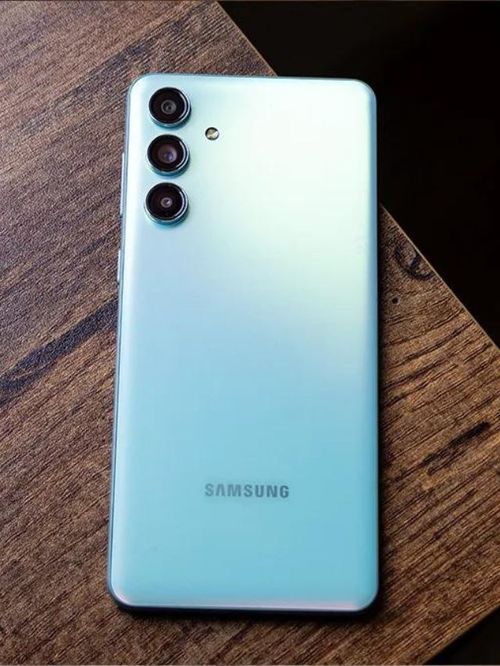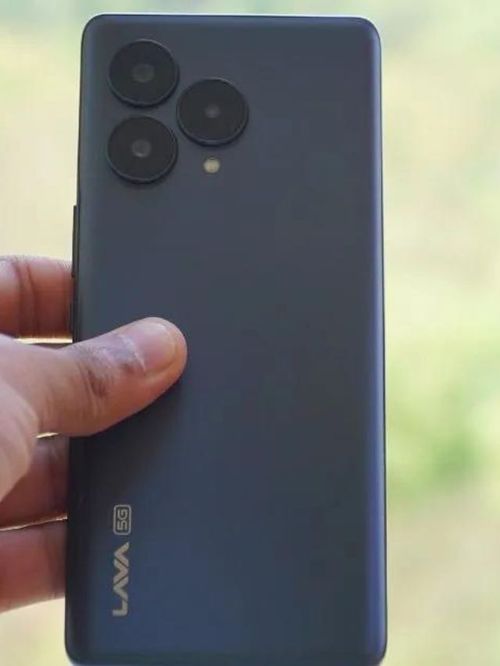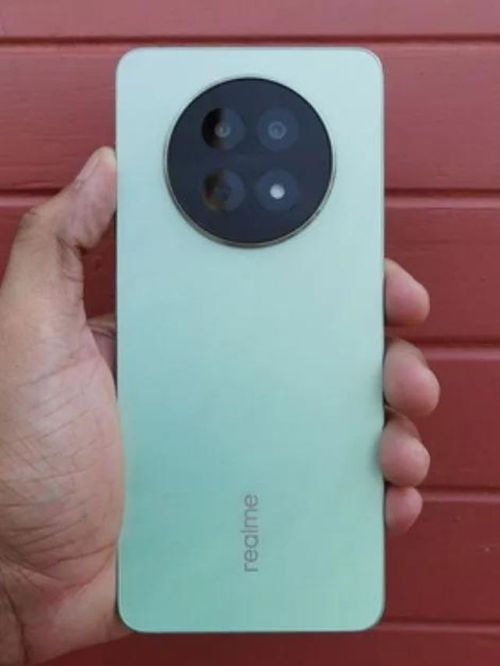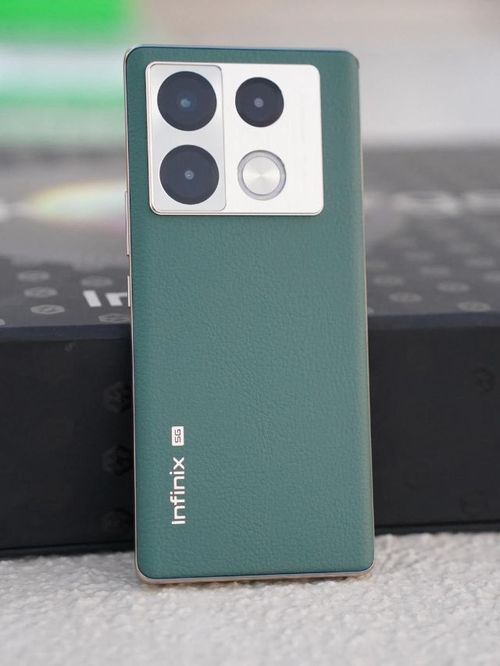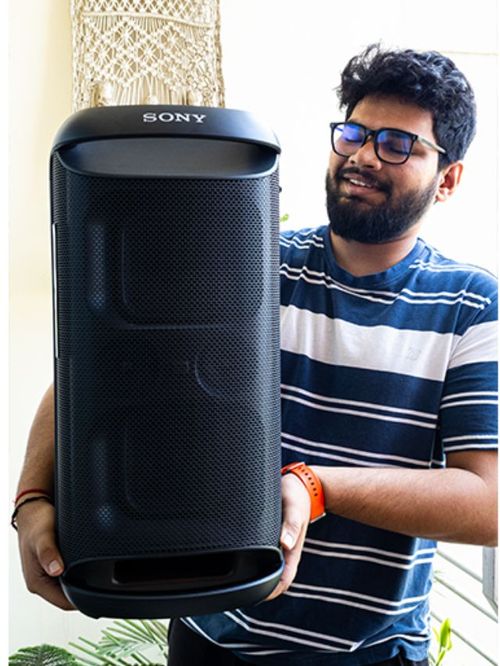
Xiaomi came out of relative obscurity and established itself as one of India’s leading phone vendors, all in a matter of three years. Starting from the Mi 3 all the way to this year’s Mi Max 2, the underlying formula for Xiaomi’s successor boils down to the following: make great smartphones with enticing specs, and offer them at very affordable prices. As a result, Xiaomi’s phones are oft-recommended, and we ourselves continue to rank them fairly high in our best-of lists. There’s a good reason for this: Xiaomi’s usage of high-quality components combined with the reliable performance and great value-for-money factor makes its phones stand out in the budget segment.
Xiaomi Mi A1
₹14,999What Is Good?
- Stock Android and promise of faster software updates.
- Decent camera quality and 4K video recording.
- Excellent performance.
- Very good battery life.
- Fast and accurate fingerprint sensor.
- IR emitter and Mi Remote app come in handy.
What Is Bad?
- Build is not as strong as expected.
- Signal reception was below average.
- Camera quality degrades in low-light conditions.
- Slippery design.
Now, the company has launched a new budget Android smartphone: the Mi A1. It is a step above the best-selling Redmi Note 4, and offers an upgraded camera and stock Android instead of MIUI. However, the battery is a downgrade in comparison to the Redmi Note 4. Is the dual-camera system any good? Can the 3000mAh battery satisfy users who are spoilt by the 4100mAh battery on the Redmi 4 and the Redmi Note 4? Let’s find out.
Xiaomi Mi A1 review: Design & Build Quality
The first thing you notice about the Mi A1 is the fact that it doesn’t look anything like the Redmi Note 4 or the Redmi 4. With the phone sold under the Mi series, it follows an aesthetic similar to that of the Mi Max 2. That means you get an aluminum unibody design with a clean look at the back, with the antenna bands tucked away to the top and bottom of the phone.
The overall design language combined with the positioning of the dual camera sensors to the left corner means the Mi A1 looks quite a lot like an iPhone 7 Plus. There are no two ways about it. From the front, though, it looks like a miniaturized version of the Mi Max 2. The screen is protected using Corning Gorilla Glass with 2.5D curved edges. Volume and metal buttons are made of metal, and they offer good tactility. The USB Type-C and 3.5mm headphone ports are at the bottom. The Mi A1 comes with a 5V/2A wall charger and a USB Type-C to USB Type-A cable. The company has also thrown in a SIM ejector tool and some paperwork. The design is outstanding considering the phone costs just Rs. 15,000.
There’s a fingerprint sensor is on the rear of the phone and at a location where your index position naturally rests. It’s slightly harder to reach the multitasking button using your thumb (or the back button, depending on which hand you’re using to hold the phone). The phone looks good, but we accidentally dropped it on the pavement once, and the glass panel cracked on the right side. The drop also resulted in multiple dents to the phone’s metal body. We did not notice such dents when we dropped other phones in the past. We think that Xiaomi needs to improve the quality of metal that’s being used to make the Mi A1. Moreover, the phone is very slippery and you should invest in a case to prevent the phone from sliding out of your hands or from your pocket.
Xiaomi Mi A1 review: Screen
The 5.5-inch Full HD screen on the Mi A1 features IPS LCD technology. It is covered by 2.5D curved edge Gorilla Glass, which makes it appear and feel smooth. The screen is bright (but slightly dimmer than the Redmi Note 4’s screen) and sharp, but not as colourful as AMOLED displays used in some phones in the same price segment.
Moreover, the glass panel is too reflective when used outdoors, so it gets a bit harder to recognise the content that’s being displayed on the screen. I noticed some unintentional touches on a few occasions, so the touch sensitivity of the screen needs some improvement. Overall, it’s an average screen, and I feel that the screen on the Redmi Note 4 is slightly better than the one on the Mi A1.
Xiaomi Mi A1 review: Performance
The Mi A1 uses a Qualcomm Snapdragon 625 processor, which has eight ARM Cortex-A53 CPU cores (four of which are clocked at 2.0GHz) and the Adreno 506 GPU. There’s 4GB of RAM and 64GB of internal storage. You can also expand the storage using a microSD card. The phone excels in all the day-to-day tasks, handling everything I threw at it with ease. Thanks to 4GB RAM, multitasking performance is really good, too. Moreover, most games will run smoothly, but don’t expect performance similar to high-end phones.
I found that the Mi A1’s cellular reception was relatively poorer than most phones I’ve used in the past couple of years. The loudspeaker is loud but there’s no depth in it and no bass whatsoever. Sound quality through headphones is better than what you usually get in this segment, and it drove my Sony MDR-7506 quite well. Frankly, I wasn’t expecting it to drive a headphone with 40mm drivers and 63 ohms of impedance, which is higher than most consumer headphones. The audio excellence is because of a dedicated DAC.
Xiaomi Mi A1 review: Dual-Camera System
One of the main talking points of the Mi A1 is its dual camera system that, according to Xiaomi, is similar to that of the proven iPhone 7 Plus. It uses two 12-megapixel sensors. The primary camera has a sensor size of 1/2.8 inch, while the secondary camera has a smaller sensor. The primary sensor has a wide-angle lens (26mm equivalent), whereas the secondary sensor has a 2x telephoto lens (50mm equivalent). The phone can also record 4K videos at 30 frames per second. The phone can create a bokeh effect by combining images from both the sensors.
Coming to the image quality, the Mi A1 can capture some decent shots when there’s enough light. You can see a lot of detail when you pixel-peep. However, the Moto G5 Plus offers slightly better results, and that’s because the Moto G5 Plus has larger pixels and a wide aperture (f/1.7). Colours are accurate and noise levels are acceptable. Dynamic range is decently wide as well, but don’t expect it to match high-end phones. The secondary lens captures some great images as well, almost matching the primary camera when used in broad daylight.
When the ambient light drops, though, the image quality decreases as well. The images are considerably soft and a lot of noise creeps in because of the low aperture. If you try to capture images from the secondary sensor in very low light, it will just use the primary sensor with digital zoom, which creates a lot of noise. So, it’s best to stay away from using the zoom lens in low-light conditions. The HHT mode in the camera tries to improve image quality in low-light conditions, but it still can’t compensate enough for the loss in details.
4K videos shot using the Mi A1 are of really good quality, and they seem like they came from a much more expensive phone. Selfies from the 5MP front-facing camera were quite average. Portrait images captured with the Mi A1 were satisfactory only when clicked in plenty of ambient light and one person against a backdrop. The camera app simply refuses to click an image in the portrait mode when there’s not enough light. The Portrait Mode can be used to click images with a bokeh effect (background remains blurred and the subject stands out, resulting in a nicer looking shot), and the results were decent. However, it works best when there’s plenty of light. Even in those scenarios, there’s noise in the images.
Xiaomi Mi A1 review: Software & UI
Since the Mi A1 is an Android One phone, it comes with stock Android 7.1 Nougat and the Pixel Launcher, free from any bloatware. The only Xiaomi apps that come pre-installed with the Mi A1 are Feedback, Mi Store, Mi Remote, and a custom camera app from the company that offers plenty of features. You can use the Mi Remote with the IR blaster on the top of the phone to control home appliances and electronics in your home or office. All the animations are buttery smooth and I never experienced hiccups even while using multiple apps at once.
There’s also an option to bring down the notifications shade by swiping down on the fingerprint reader, much like the Pixel and the Galaxy S8 and the Note 8. You can set an option to open the camera by pressing the power button twice. There’s Ambient Display too, which shows time and notifications when they’re received. Moreover, you can also create multiple user accounts, if you intend to use the phone as a common backup phone among your family members. The company has promised that it will rollout Android 8.0 to the Mi A1 soon and the next major version of Android sometime next year.
If you’re someone who loves what Xiaomi’s phones offer in terms of hardware and performance but aren’t a fan of MIUI, then the Mi A1 is the ideal device for you. The phone’s performance is equivalent to that of a high-end phone in day-to-day tasks. Yes, it really is that good!
Xiaomi Mi A1 review: Battery Life
The Mi A1 has a relatively smaller 3000mAh battery compared to a 4100mAh battery on the Redmi Note 4. However, I did not feel like I was missing out on a lot. The battery lasted close to two full days after a single full charge. The phone consistently offered a screen-on time of four hours over two days. I kept 4G LTE, Wi-Fi, and GPS turned on at all times. Moreover, I never had to enable the battery saver mode on the phone.
If you are a heavy user, you can expect close to six hours of screen-on time from the Mi A1, which is pretty impressive considering it has a 3,000mAh battery. Phones with relatively larger batteries fail to achieve that mark, which makes the Mi A1 extra special. Xiaomi and Google definitely did its optimisation voodoo in the Mi A1 to make it last longer than what you would expect from a phone (with a 5.5-inch screen at that) with a 3000mAh battery.
Xiaomi Mi A1 review: Conclusion
The Mi A1 is a brilliant phone in many aspects. Not only does it feature a premium build and some of the best hardware specifications in its price segment, it also offers a stock Android user interface with great day-to-day performance. Its camera captures some brilliant images, portrait shots, and 4K videos when there’s enough ambient light.
And best of all, you’ll be able to use all those features for longer thanks to its incredible battery life. It is also supposed to get Android 8.0 Oreo later this year and Android P one year down the line. What more can you ask from a budget phone? Xiaomi has played a masterstroke with the Mi A1, and we hope that the company will continue its partnership with Google to bring us more Android One devices in the future.








































